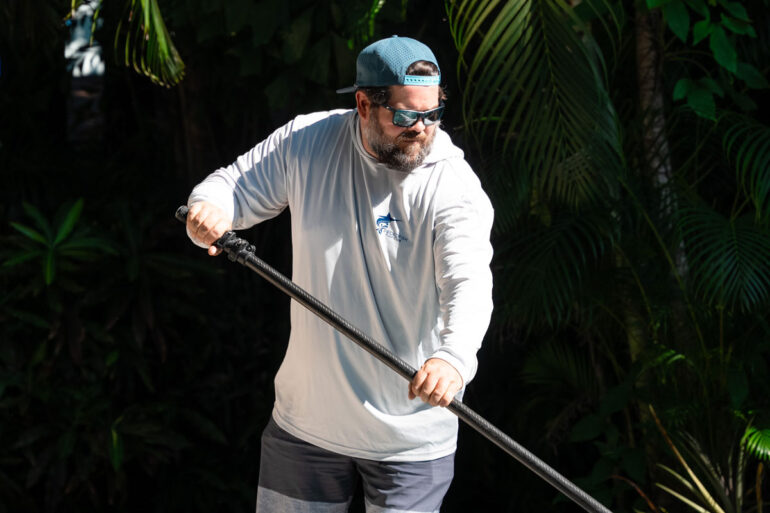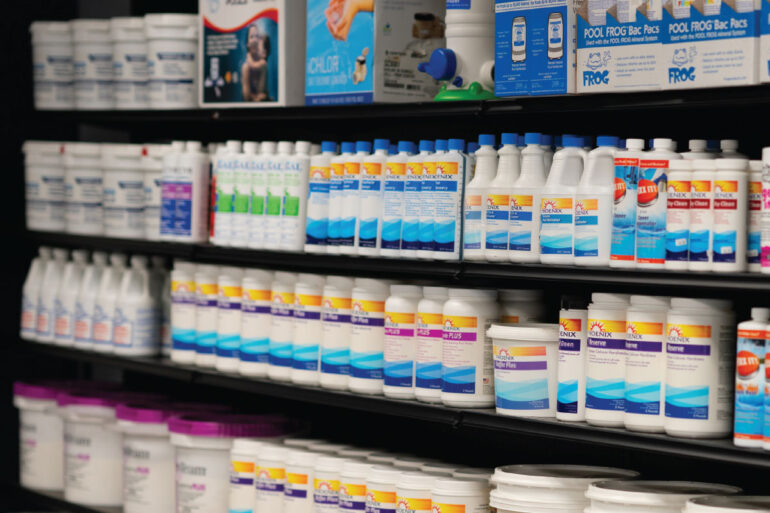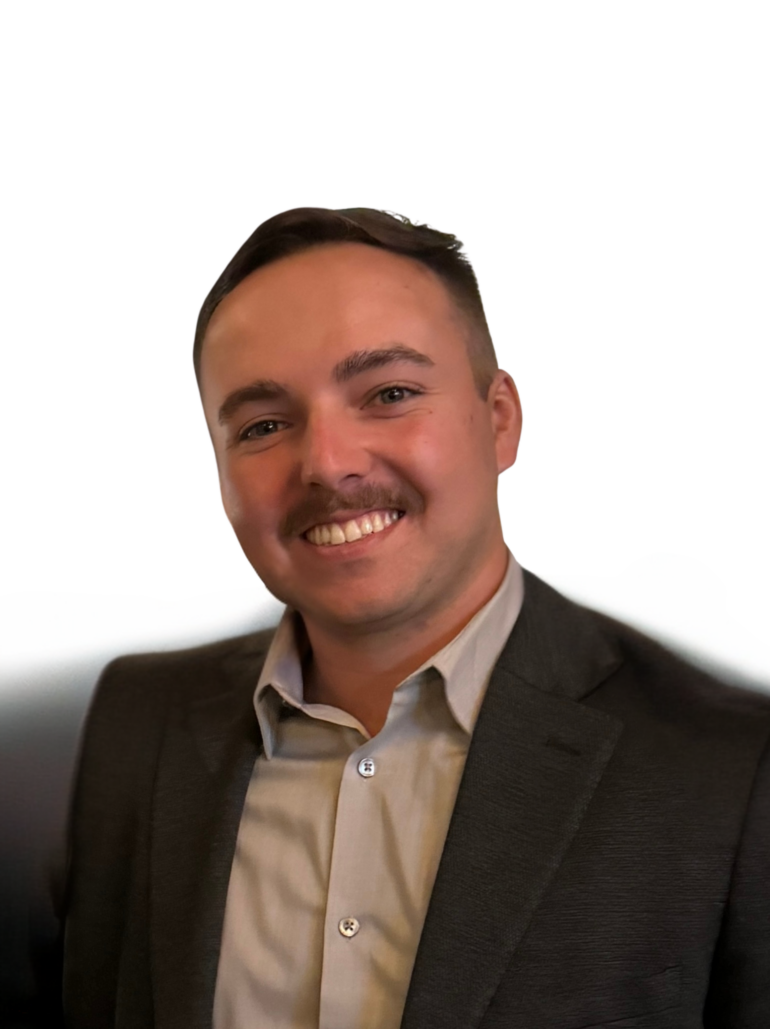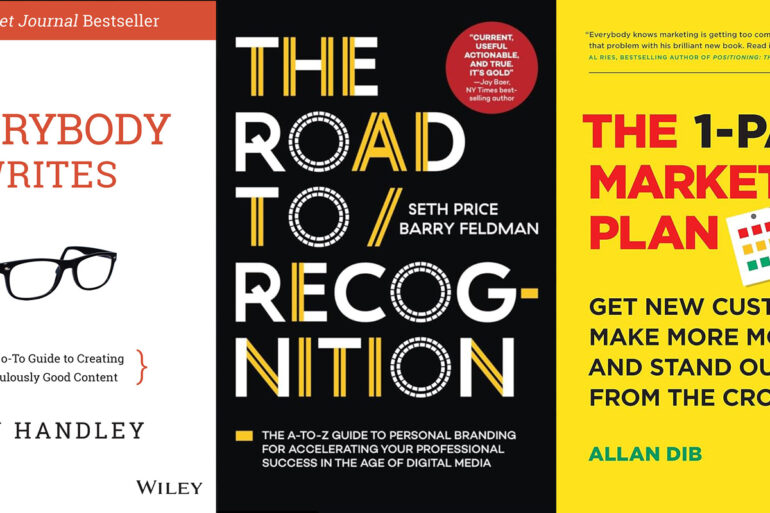Making Waves
How unconventional marketing methods can pay dividends

How gorilla marketing methods can pay dividends
The average consumer is subjected to an estimated 365,0000 ads a year, or roughly 10,000 ads every single day. Getting your pool company to stand out may require oversaturating your area with ads, which can drive your advertising budget through the roof. So, how do you get consumers’ attention without breaking the bank? That’s going to take some creativity.
“In my mind, gorilla marketing is what you do when you can’t afford to do the paid advertising,” says Brett Lloyd Abbott, president of Pool Builder Marketing, an Austin, Texas-based marketing company that specializes in helping pool builders. “This is when we need to get scrappy, get creative to make something happen. I haven’t got a million dollars to spend on advertising, so what are we going to do?” For companies in this position, Abbott says there are many options so long as they are willing to think outside of the box.
In my mind, gorilla marketing is what you do when you can’t afford to do the paid advertising. This is when we need to get scrappy, get creative to make something happen.” Brett Lloyd Abbot, Pool Builder Marketing
One easy marketing trick Abbott advises involves taking advantage of the power of social media. When the company’s project manager is marking out a new pool, take photos of the marked areas and post them to Facebook and Instagram, being sure to tag the homeowners. “And just write something simple, honest and factual, stating that you’re ‘Marking the Smith family’s new pool location. Going to excavate on Thursday.’ No platitudes or anything.”
Without fail, Abbott says such an image will inspire online excitement and conversation among the clients’ friends. “They like, comment and share the photo,” Abbott explains. “And it starts a whole dialogue among their 500 or 1,000 friends.”
Another affordable stunt that Abbott says has helped pool companies is offering to host sponsored pool party events for high-dollar customers. “If it’s an up-and-coming neighborhood with new homes getting built and you’d love to sell more in that neighborhood, you can offer to sponsor a party for the homeowner,” Abbott says. “A ‘Welcome to your new pool party.’ ” Paying $500 for catering is an expense that Abbott believes can pay dividends when the owner’s equally affluent friends are admiring your handiwork on the new pool. “And so, everybody’s like, ‘Wow, free food and a gorgeous swimming pool. Who did this?’ ” Abbott says. “So you get some really positive vibes and visibility in front of your exact target audience.”
In Aimée Samuelson’s more than 24 years of industry experience as owner of B2B Marketing Solutions in Portland, Oregon, she has seen pool companies pull out all the stops when it comes to publicity stunts.
Oddly enough, one thing Samuelson says has stuck with her was Natural Chemistry’s inexpensive idea of introducing a mascot named Enzo to help promote the pool and spa chemical manufacturer’s products. Although Enzo was created more than two decades ago, the character was given a second life in 2020 when Josh Davis of Baker Pool & Spa in Chesterfield, Missouri, dug the Enzo plushy toy and marketing material out of storage. “Enzo became a little bit like ‘Flat Stanley,’ you know? Like ‘Where is Enzo?’ ” Samuelson says. “And that one idea carried over all the way until the present time.”
Davis, who serves as Baker Pool’s store manager, had been trying to think of unique ways to garner customer interest, and it occurred to him that many customers had children. Having worked for pool supply retailer Leslie’s before coming to Baker Pool, Davis recalled the adorable, anthropomorphized cartoon chemical bottle mascot, Enzo, that Natural Chemistry would display around the store.
“I knew [Natural Chemistry] had retired Enzo, so I was like, ‘Why don’t we try to bring him back?’ ” Davis recalls.
Davis set up a station in their store with coloring sheets featuring Enzo for customers’ children to use and then allowed the children to submit their artwork in a contest. The thought was that while the images of the colorful mascot were keeping children engaged, the parents would be freed up to discuss their plans for their perfect backyard pool. “[Natural Chemistry] ended up bringing Enzo out of retirement after our contest, which was kind of cool,” Davis adds.
Davis’ biggest contribution to unconventional marketing practices however may be the company’s use of postcards and Google Maps as a way of generating new revenue. Last year alone, Davis says the company sent out 14,000 cards and saw a 45% increase in retail revenue, seemingly as a direct result. But what was just as important as sending the postcards out was determining which homes were best to send them to. That’s where Davis got creative.
After spending an estimated $80,000 on postcards, Davis was less willing to spend even more buying mailing addresses from third-party companies. Instead, he enlisted some strategic thinking. About six years ago, Davis tasked his employees with printing out Google Earth images from nearby neighborhoods. After that, they requested the list of pool permits from the county and checked that list against the addresses. Davis says that while unorthodox, and a lot of work, he believes the method allowed his company to be responsible for 95% of the swimming pools in his community. “I was so sick of buying mailing lists that weren’t worth anything because we’d never get much off them,” Davis says. “But when we started this, people were just bringing [the postcards] in like crazy and calling.” Being able to view houses from Google Earth also allowed them to see the backyard swimming pools. “It can be tough to tell if the house has an above-ground pool or a trampoline though,” Davis adds.
In the end, Abbott feels any business considering a guerilla marketing campaign must always be willing to risk some loss just in case things don’t go as planned. “A fundamental marketing question: Is it worth it? Tragically we never know until we try it,” Abbott says. “If it pays for itself in new profit? Then, it’s worth it.”






